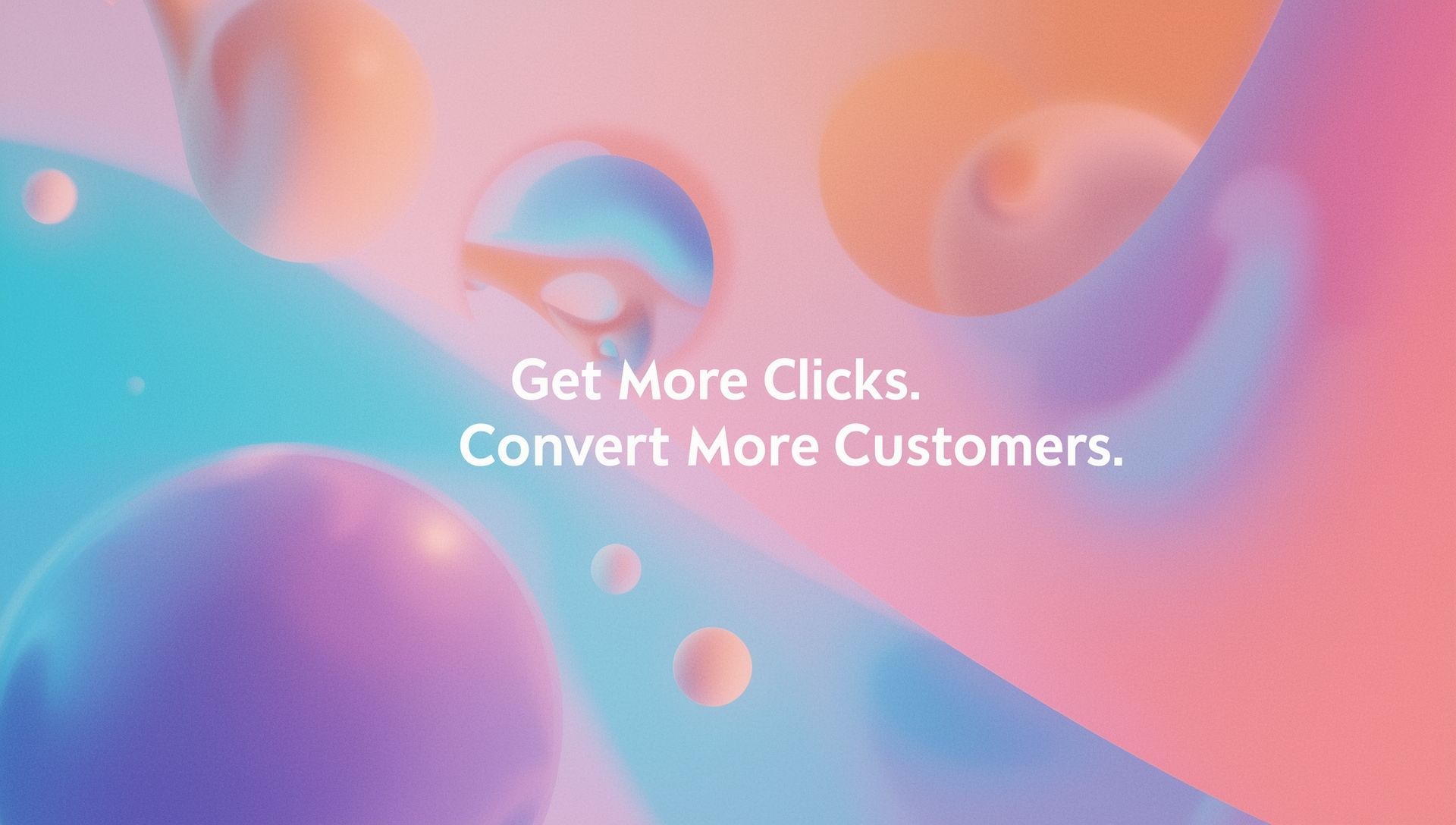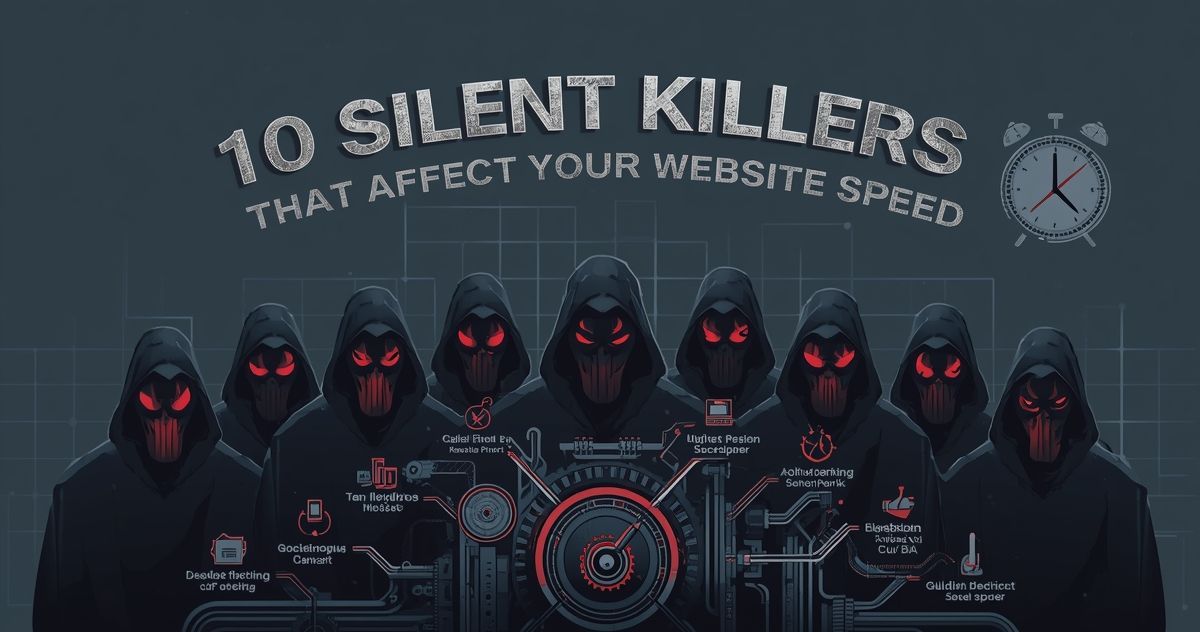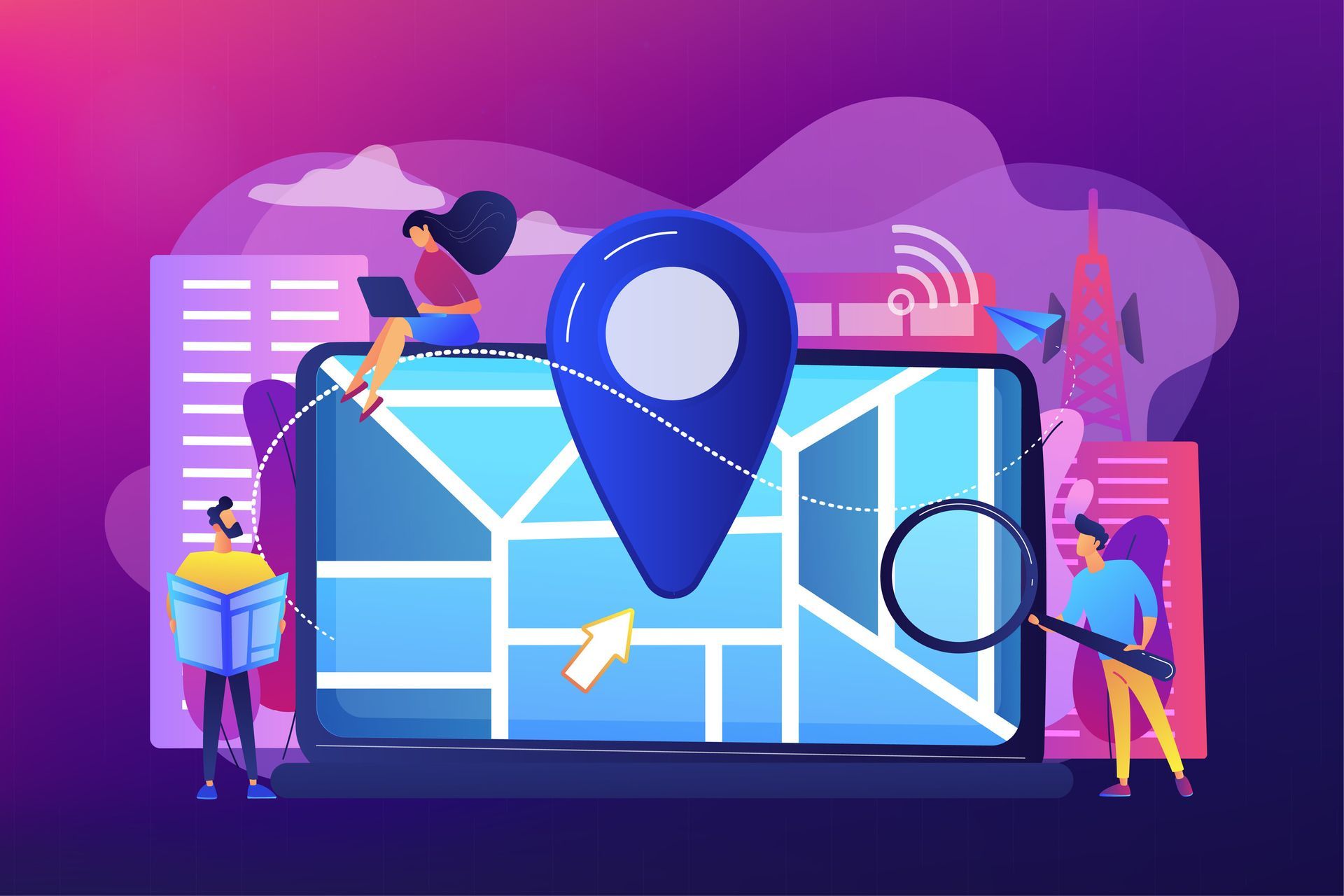How to Run a Successful Business: 10 Steps You MUST Have
Starting a successful business takes time, effort, and clear planning. It’s not just about having a great idea; it’s about knowing how to turn it into reality.
Many challenges come with running a business, but with the right steps, anyone can build something impactful. This guide will outline ten essential steps to help you get started.
Whether you’re launching your first business or refining your approach, these tips will keep you focused and ready to grow. Success doesn’t happen overnight, but a solid plan can make all the difference.
This blog will cover the following steps:
How to Run a Successful Business: 10 Steps You MUST Have
Step 1: Start with Market Research
Understanding your market is the first and most important step in running a successful business. Who are your target customers? What are their needs and challenges? Conducting thorough market research helps you identify trends, gaps, and opportunities in your industry.
Key Actions:
- Define Your Audience: Create a clear profile of your ideal customers (age, income, location, etc.).
- Analyze the Competition: Study what similar businesses are doing well and where they fall short.
- Stay Trend-Savvy: Stay updated on market trends and innovations to ensure your business stays relevant.
Step 2: Create a Solid Business Plan
A business plan serves as your roadmap, guiding every decision you make. A well-crafted plan not only provides clarity but increases your chances of securing funding.
Essentials to Include:
- Your Mission and Vision: Clearly define your "why."
- Financial Projections: Outline expected expenses, revenues, and profitability timelines.
- Goals: Set short-term and long-term goals that align with your overall strategy.
Investors and stakeholders will appreciate the effort you put into creating a detailed and clear business plan.
Step 3: Build and Promote Your Brand
Your brand identity is how customers perceive you. From your logo and website to your marketing strategy, your brand should communicate your business’s values and stand out in the crowded marketplace.
Tips for Effective Branding:
- Choose a memorable logo and tagline.
- Develop a professional, easy-to-navigate website.
- Leverage social media and digital marketing to enhance visibility.
Being consistent in your messaging and visuals strengthens your brand recognition and trustworthiness among your customers.
Step 4: Understand Your Target Audience
Getting to know your target audience is critical to the success of your business. By understanding your customers' needs, preferences, and behaviors, you can tailor your products, services, and marketing efforts effectively.
Key Steps to Identify Your Audience:
- Conduct Market Research: Use tools like surveys, focus groups, or social media analytics to gather insights about your potential customers.
- Segment Your Audience: Divide your audience into smaller groups based on demographics, interests, or spending habits.
- Develop Buyer Personas: Create detailed profiles of your ideal customers, including their goals, challenges, and preferences.
Pro Tip: Monitor industry trends and your competitors’ customer base to refine your understanding further.
Benefits of Knowing Your Audience:
- Improved customer engagement.
- Better product or service development.
- Higher conversion rates from marketing campaigns.
Step 5: Leverage the Power of Digital Marketing
Digital marketing is a cost-effective way to increase your business’s visibility and reach a broader audience. With countless tools and platforms available, finding the right strategy for your business can drive significant growth.
Digital Marketing Strategies to Consider:
- Search Engine Optimization (SEO): Optimize your website content to rank higher in search engine results and attract more organic traffic.
- Social Media Marketing: Engage with your audience on platforms like Instagram, Facebook, and LinkedIn through meaningful content and ads.
- Email Campaigns: Use personalized emails to nurture leads and maintain relationships with customers.
Step 6: Build a Strong Brand Identity
Your brand identity is the foundation of your business’s recognition and loyalty. It defines how your audience perceives you and sets you apart from competitors in a crowded market. An authentic, well-crafted identity fosters trust and creates an emotional connection with customers.
Key Elements of a Strong Brand Identity:
- Logo and Visual Design: Use consistent colors, fonts, and imagery that reflect your brand's personality.
- Voice and Tone: Define a communication style that aligns with your brand’s message—whether it's professional, playful, or innovative.
- Customer Experience: Ensure that every interaction, from website navigation to customer support, reflects your brand’s values.
Why It Matters:
A strong brand identity boosts customer loyalty, builds credibility, and enhances recognition across digital platforms. These factors are vital in creating a lasting impression. Invest in understanding your target audience so your branding resonates authentically.
Step 7: Analytics and Performance Tracking
Keeping track of your digital marketing efforts is essential for growth. With the help of analytics tools, you can measure the effectiveness of each campaign and make data-driven decisions to optimize results.
Metrics to Focus On:
- Website Traffic: Identify the number of visitors and how they interact with your site.
- Engagement Rates: Monitor likes, shares, and comments on social media to gauge audience interest.
- Conversion Rates: Track how many users take desired actions, such as signing up for a newsletter or making a purchase.
Pro Tip:
Don’t just collect data—analyze it to uncover trends and opportunities. Adjust your strategy based on what the numbers tell you to keep improving over time.
Step 8: Social Media Optimization (SMO)
Social media is a powerful tool to amplify your digital presence and connect with your audience in a meaningful way. Optimizing your social channels is essential for achieving greater visibility, driving increased engagement, and ensuring alignment with your overall marketing strategy. With the right approach, you can connect with your target audience, build brand loyalty, and drive meaningful results. Our social media marketing services in Loveland, CO are designed to help boost your business by creating tailored strategies, managing content, and leveraging analytics to maximize your online presence and growth.
Key Tactics for SMO Success:
- Profile Completion: Ensure all your profiles are filled out completely with up-to-date information, including high-quality images and consistent branding elements.
- Hashtag Strategy: Research and use trending hashtags relevant to your industry, such as #DigitalMarketing, #BrandVisibility, and #SocialEngagement, to expand reach and discoverability.
- Posting Schedule: Be consistent with your content schedule by using tools to organize and automate posts, maintaining regular interaction without overwhelming your audience.
Pro Tip:
Experiment with content formats like videos, infographics, and polls to keep followers engaged. Platforms reward diverse posts, increasing both visibility and user interaction rates.
Step 9: Building Backlinks
Backlinks are a crucial component of search engine optimization and help boost the authority of your website. Strong backlink-building strategies can improve online rankings significantly, making your site more trustworthy in the eyes of search engines.
Effective Backlink Strategies:
- Collaborate with Influencers: Partner with bloggers and influencers in your niche to share your content on their websites.
- Guest Blogging: Write high-value guest posts for reputable sites in your industry to gain exposure and receive quality backlinks.
- Internal Linking: Connect related blog posts and pages on your site to encourage users to explore your content further and distribute link equity.
By focusing on meaningful partnerships and creating exceptional, shareable content, you will naturally attract strong backlinks, increasing your site’s credibility.
Step 10: Refining Your Email Marketing Strategy
Email marketing remains one of the highest-performing digital marketing channels. Crafting targeted, personalized email campaigns can drive substantial engagement and result in better customer retention.
Components of a Strong Campaign:
- Segmentation: Divide your email lists into specific groups based on demographics, interests, or behaviors for highly relevant messaging.
- Compelling Subject Lines: Use action words and keywords like "Exclusive Offer" or "Latest Updates" to improve open rates.
- Value-Driven Content: Focus on delivering real value in every email, whether through helpful insights, limited-time discounts, or updates on products and services.
Quick Tip:
Regularly test different aspects of your emails—like subject lines, CTAs (calls-to-action), and layouts—to determine what resonates best. A/B testing is key to maximizing results.
Do you need help refining your business strategies and boosting your brand's online presence? Our digital marketing expert in Loveland, CO is here to provide tailored solutions to help your business thrive. Don’t wait—call us today at 1-501-303-7477 or email bobby@gsdbusinesscoaching.com to get started on growing your business!









